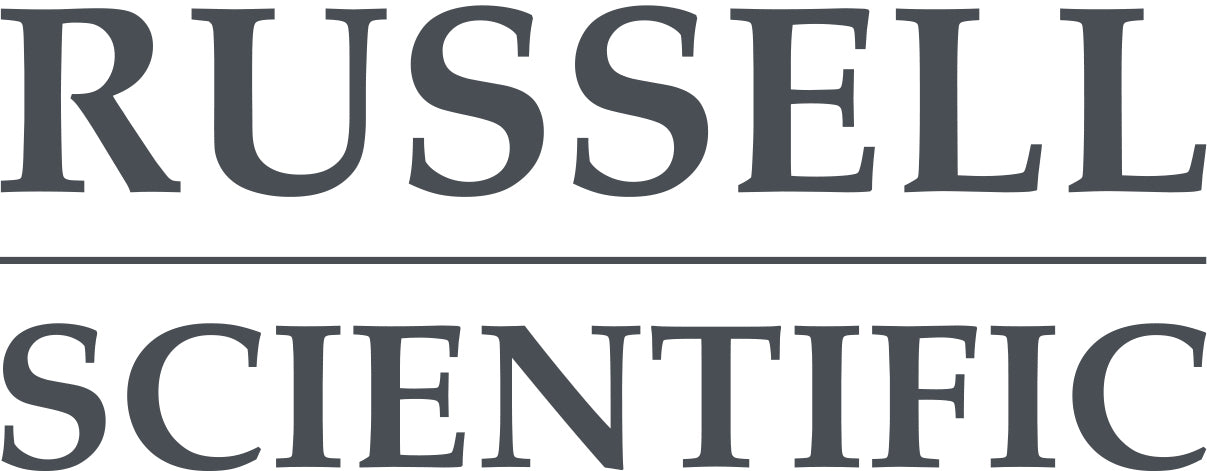For successful incubation, every detail matters, especially when it comes to temperature. Whether you are a breeder monitoring eggs in an incubator or a conservation specialist supporting rare species, maintaining precise and stable conditions in various hatcheries is crucial for successful hatching and the production of healthy chicks.
The incubation environment and the risks of poor temperature control:
Temperature monitoring during incubation is crucial because the embryo’s development is directly linked to the temperature. Deviations from the optimal temperature range, which is typically between 37.5 °C and 38 °C for various bird species, could result in decreased yolk sac utilisation, limiting the embryo’s access to essential nutrients. Poor temperature regulation can also result in poor hatch performance; chicks that survive the incubation process may experience poor growth rates, immunity, and thermoregulation. Inaccurate temperatures can also significantly impact hatchability. High temperatures may encourage premature hatching and developmental defects, whereas cooler temperatures can slow chick development and increase the risk of mortality.
Why temperature matters in Falconry:
Falconry is the ancient practice of hunting wild animals using trained birds of prey, particularly falcons, hawks, and eagles. With a history spanning over 4,000 years, it requires extensive training between the falconer and the bird. These birds must respond to precise cues and achieve peak physical fitness to perform effectively in the field.
The foundation for a successful falconry bird, however, begins long before training. It starts during incubation. Maintaining optimal environmental conditions at this early stage is crucial, as temperature fluctuations and inadequate monitoring can negatively impact development, health, and the bird's survival prospects. Precise temperature control during incubation supports strong growth and lays the groundwork for a healthy, responsive bird. For falconers breeding their birds, accurate environmental monitoring is more than just best practice; it's a direct investment in the quality, trainability, and long-term resilience of their future hunting companions.
Modern artificial incubators are built to meet the conditions that a bird naturally provides, but on a larger scale. However, even the best incubators may need support. That’s why external temperature monitoring is not only a useful tool for successful incubation, it’s essential.
How precision monitoring supports success:
In incubation, the smallest environmental deviation can make a big difference to the success of each hatch. Precision monitoring not only helps maintain optimal conditions but also acts as an early warning system against unforeseen issues that could compromise hatch success. Monitoring incubation temperature in real-time and using tools with the capability to alert users of potential fluctuations ensures the confidence needed to support successful embryo development and successful hatching.
At Russell Scientific, our Calibrated Luwig Digital Min/Max Alarm Thermometer is a fantastic example of the equipment required for this level of monitoring precision. This thermometer is designed specifically for temperature-sensitive environments, offering internal and external sensor readings, calibrated to ensure confidence in every measurement. The min/max reading function allows users to track temperature fluctuations over time and also receive instant alerts if temperature levels move outside the optimal set parameters, protecting embryos from potentially damaging environmental exposure.
Whether used alongside an incubator’s built-in controls or as a standalone monitoring tool, the Luwig Thermometer is an essential safeguard for breeders, falconers, and conservation professionals committed to consistent success throughout the incubation and hatching process.
Incubation may seem like a simple process from the outside, but professionals involved understand the challenges that can arise. When hatch rates, animal welfare, and species preservation are at risk, precision isn’t optional; it’s essential.
FAQs:
- Why is temperature so critical during egg incubation?
- Temperature directly influences embryo development. Even slight deviations from the optimal range (typically around 37.5°C for birds of prey) can cause developmental delays, reduced hatch rates, or embryo failure. Maintaining a consistent, precise temperature is essential for producing healthy, viable chicks.
- How does poor incubation affect birds in Falconry?
-
Poor incubation can lead to underdeveloped chicks with health issues or reduced strength and responsiveness. For falconers, this means longer training times, lower performance in the field, and greater risk of injury or stress for both bird and handler.
- Do I need to monitor humidity as well as temperature?
- Yes. Humidity affects egg weight loss and chick development, particularly in the final days before hatching. While temperature is the priority, combining both humidity and temperature monitoring gives you the best chance of a successful, healthy hatch.
- Is a temperature monitoring system useful after hatching?
- Absolutely. Post-hatch brooder environments also require controlled temperatures, especially in the first weeks of life. The same tools used for incubation can often be adapted to monitor chick enclosures and ensure stable conditions.
- What should I look for in a temperature monitoring tool for incubation?
- When choosing a temperature monitoring device for incubation, accuracy and reliability should be your top priorities. Look for a model that offers certified calibration to ensure precise readings, as well as built-in alarm settings to alert you to any deviations from your target range. It's also useful to have min/max memory so you can track fluctuations over time, especially during unattended periods. Importantly, the device should be compatible with your specific incubator setup. The Calibrated Luwig Digital Min/Max Alarm Thermometer from Russell Scientific offers all of these features, making it a trusted choice for breeders, falconers, and conservation professionals alike.

